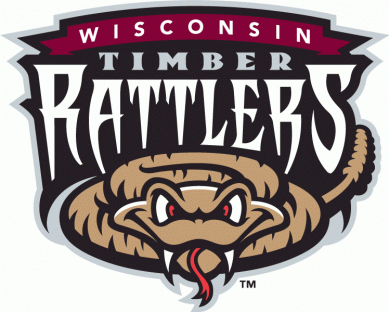The thing about the bottom falling out is that there’s usually no warning. So it was for Luke Barker on June 10, 2015, the final day of that year’s MLB First-Year Player Draft. Barker sported a 2.91 ERA over 72 collegiate appearances, stands 6’4” and weighed in at 210 pounds on draft day. He has the kind of build that looks good on the bump. He could also be had for cheap. Barker was as college senior eager to play professional ball. Kids like that are known to sign for $10,000 and maybe a plane ticket.
But June 10th came and went, and Barker’s phone was as silent as most Cubs fans these days. That no major league team bothered to call his name surprised Barker then, and it’s baffling in retrospect. The righty sat in the low-90s with his fastball and can gas it up to 94 or 95. He throws five pitches in total and walked just 17 batters over his final 78-inning season at Chico State University.
Barker may have simply fallen victim to bad luck – a look at his game logs reveals an ill-timed stretch of five starts in which the hurler’s ability to strike out opposing hitters all but abandoned him. After whiffing a batter per inning over his first five starts, Barker fell into a funk – his next five saw him retire only 11 batters on strikes over 33.7 innings. Eleven of his walks also came during that period. He still limited runs, posting a 2.41 ERA in that span. But his lines suggest that something was off, and it’s hard to imagine a worse time for a college pitcher to lose his feel.
To his credit, Barker used his disappointment as so much more fuel. So he didn’t get drafted. His goals remained the same. Barker just needed to find a different path to pro baseball. And he needed to stay sharp. Barker zeroed in on the California Winter League and was immediately noticed by Dan Rohn, manager of the Traverse City Beach Bums of the independent Frontier League. Rohn handed him a contract, and Barker responded with a 1.44 ERA and 12.0 strikeouts per nine innings pitching out of the ‘pen. His strikeout-to-walk ratio sat at a cool 8.30, providing proof aplenty that the tall righty had rediscovered his stuff.
That’s the kind of performance that would catch the eyes of any team, but it was the Brewers who purchased Barker’s rights last offseason. It’s impossible to know, but Barker may have been on Milwaukee’s radar for a while, since he majored in exercise physiology in college, and hopes to pursue a PhD in biomechanics. That’s a noted area of interest for Assistant GM Matt Arnold, and it’s easy to imagine Barker carving out a future as a coach or trainer if his arm never takes him to the big leagues. He also throws a splitter, another trait that may have endeared him to the Brewers front office.
For now, Barker is happy to ride his arm for as long as he can. He was assigned to the class-A Wisconsin Timber Rattlers at the start of the season, and has responded as a 25-year-old in the low minor leagues should. He’s nursing a strong 2.43 ERA for the Rattlers, fanning 9.4 per nine and walking only 2.4. Barker has been especially dominant since a mid-May swoon: Over his last ten outings, he’s pitched to a 0.52 ERA with 20 Ks and just two walks in 17.3 innings.
Like any good biomechanics student should, Barker has a fluid, repeatable delivery featuring over-the-top arm action and a graceful stride. But even though this is his first season of affiliated ball, Barker is three years older than most of his competition. Monitoring his progress through the season, and specifically if and when he’s bumped up to Class Advanced A Carolina, should offer some insight into the organization’s approach to such an unconventional prospect. For now, Barker’s doing what he can to force their hand; he certainly doesn’t appear to have much more to prove in Appleton.
